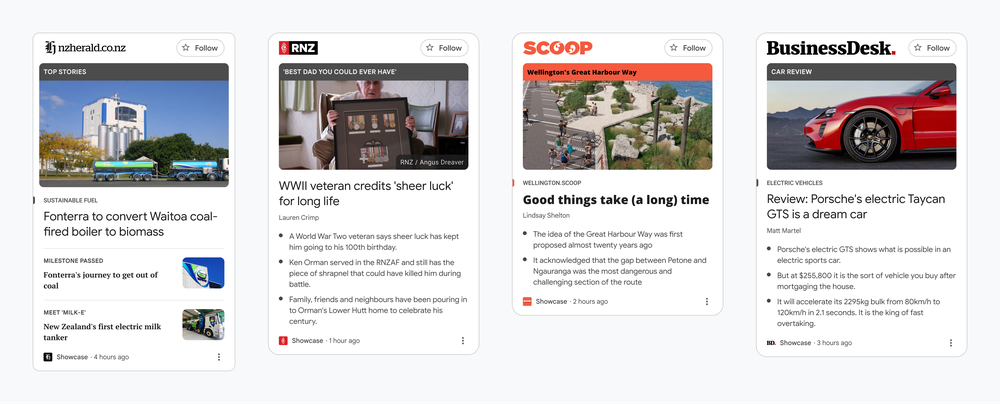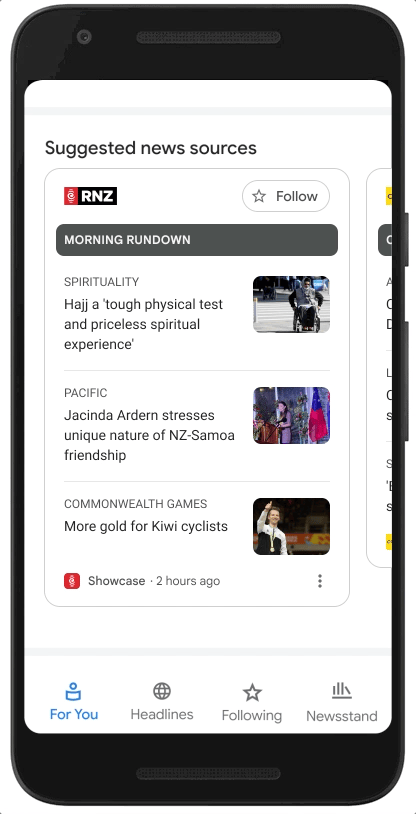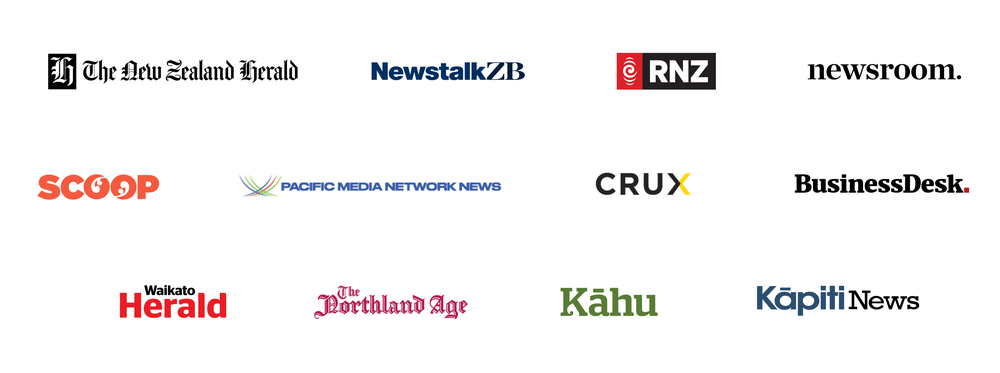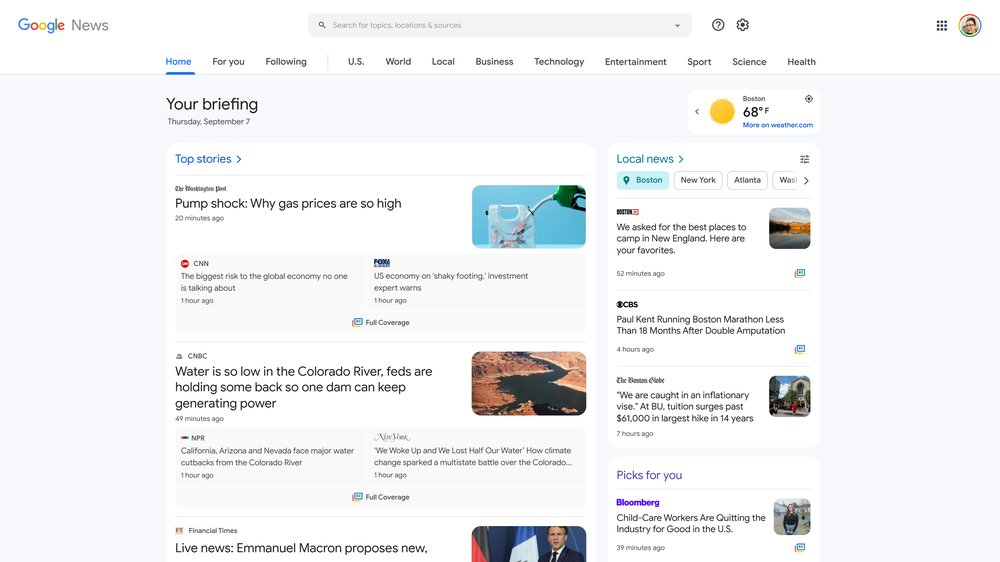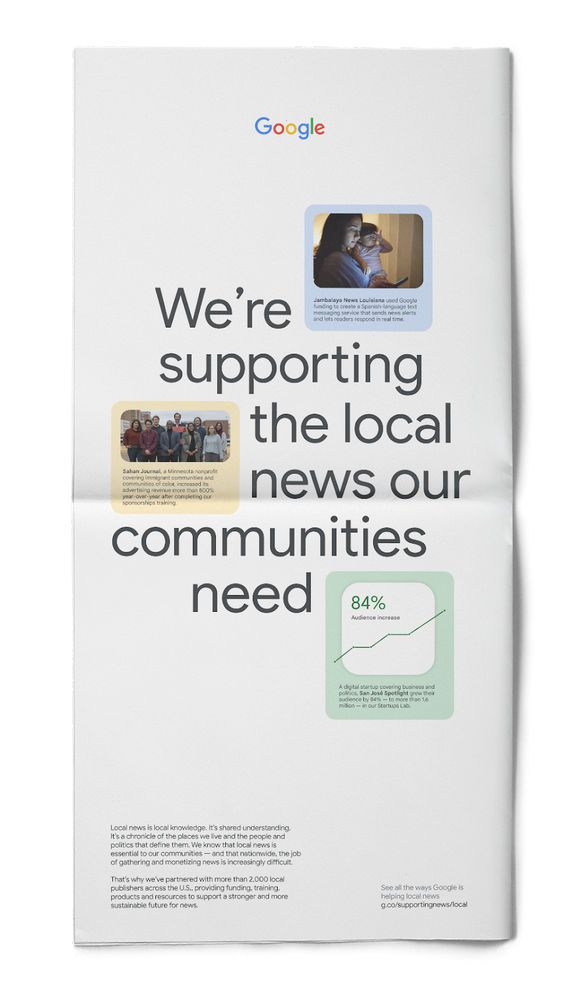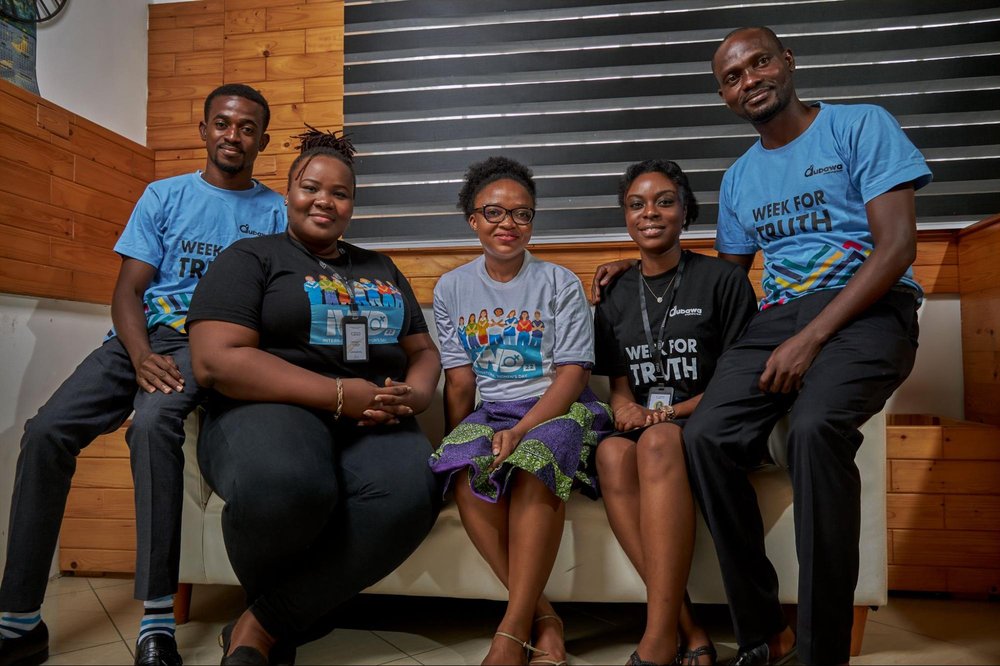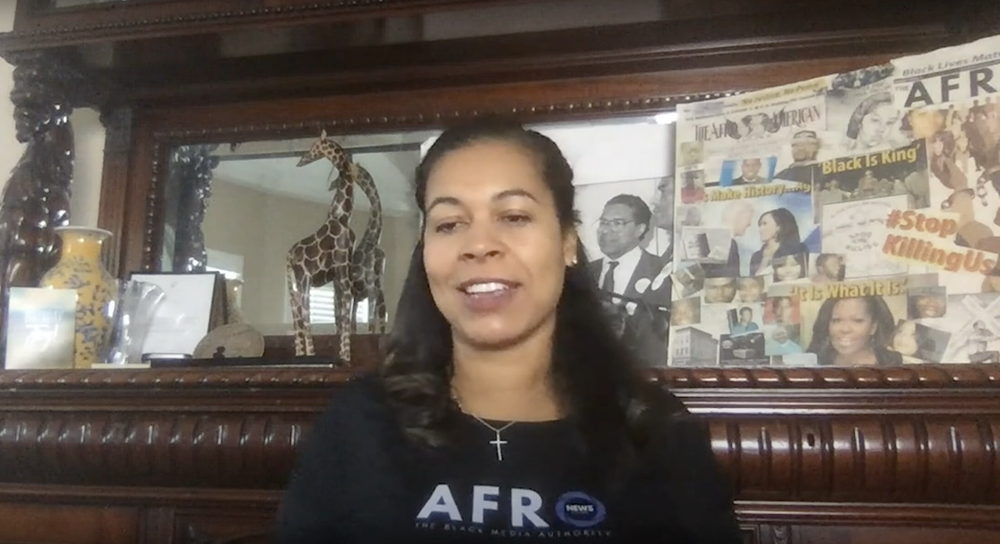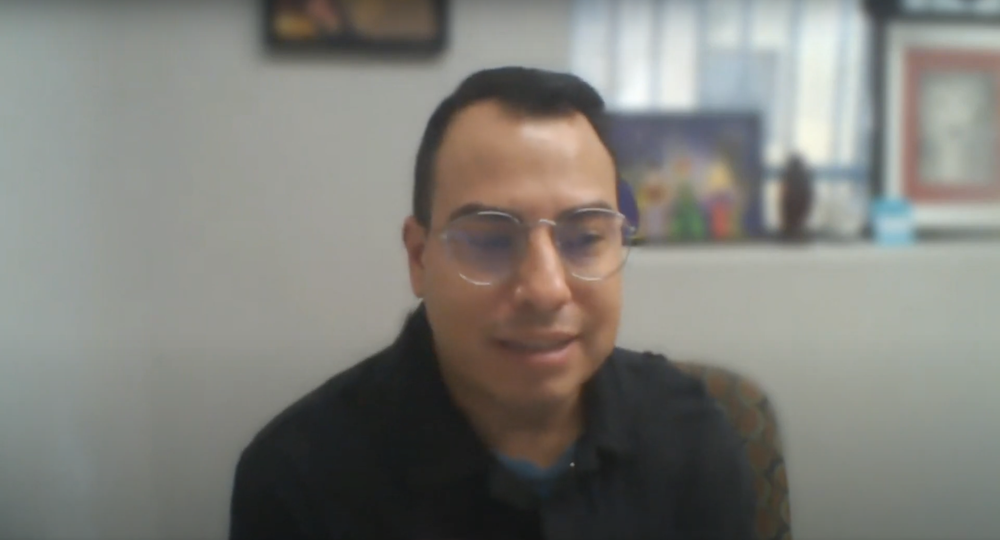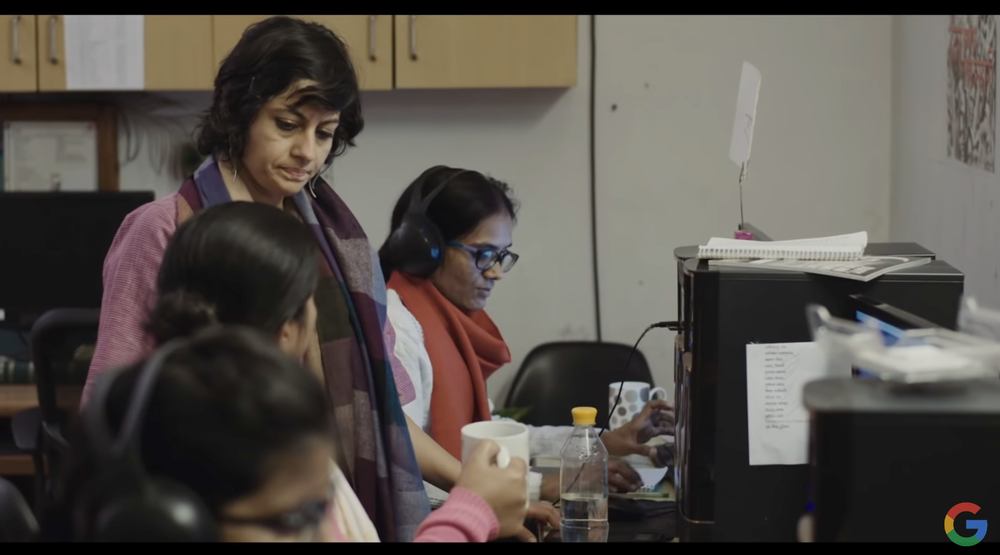The democratic process is one of the foundations of our society, and people around the world turn to Google to ask important questions about election candidates and their positions on various topics. We’ve built products and programs to help journalists and voters engage with democratic processes in several elections, including the U.S., Germany, U.K., and others.
Google partnered up with Brazilian broadcaster Band TV to bring Search trends to the first presidential debate for the 2022 elections in Brazil. To support this effort, we have looked into Google Trends data on search interest to help inform the electorate on regional trends for presidential candidates and themes.
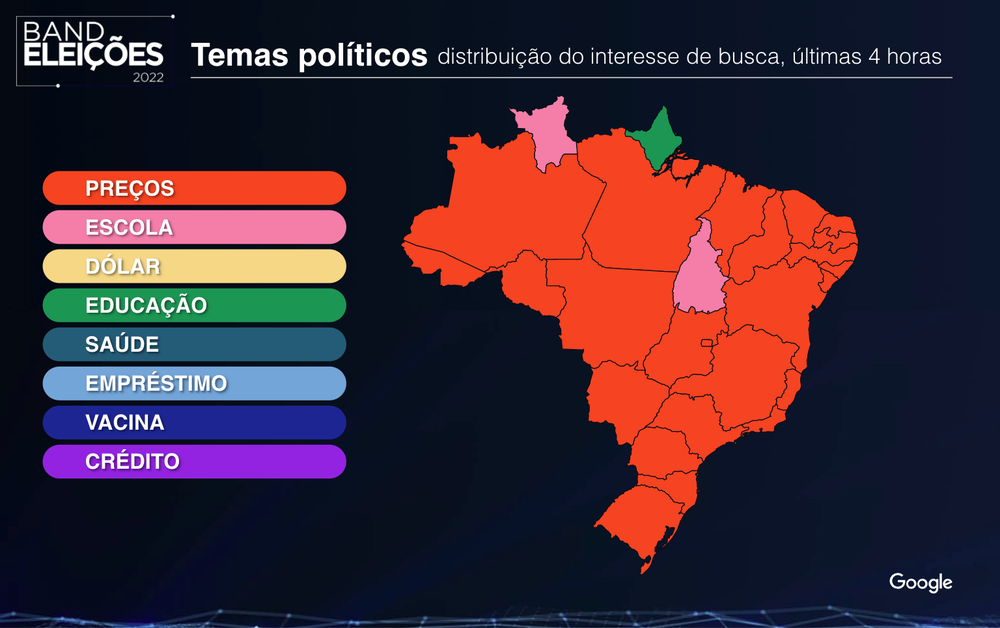
This map shows Search interest in Brazil for the most relevant topics in the 2022 elections.
The partnership is part of the Google News Initiative, Google's effort to help journalism thrive in the digital age. We've worked with multiple teams to bring real-time insights from Google Trends during the debate through tailor-made visualizations for TV, and an online data hub that users can use as a second screen.
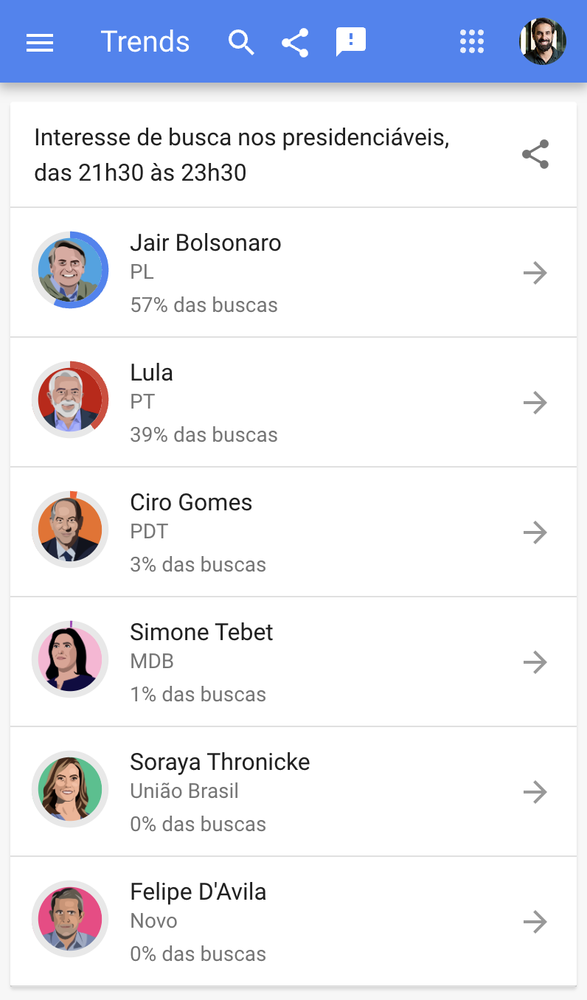
This list shows Google Search interest in Brazil presidential candidates.
One of the highlighted features of the online hub is a pre-debate dashboard with information about each candidate, topics of interest, and region trends. The dashboard was built focused on mobile screens using Google Data Studio and Google Trends data.
Our goal with the pre-debate dashboard is to allow journalists to interact with the data to find interesting trends for specific candidates and themes throughout 2022. But we also want to give context into how the debate will alter the trends.
With those goals in mind, we built a dashboard that allows journalists and the public in general to see trends about the candidates since the beginning of the year, and breakdowns per region and themes, which can be viewed through the data studio interface.
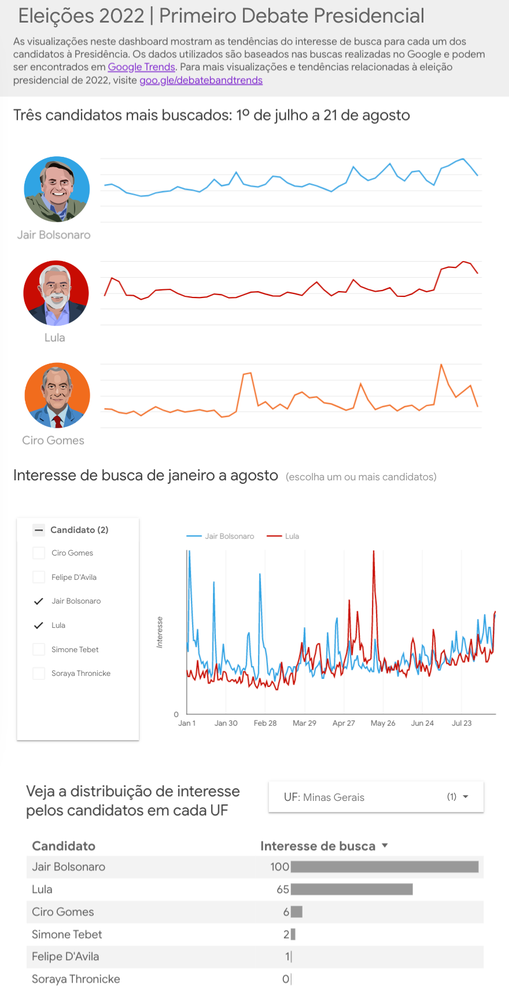
This dashboard shows the most relevant metrics comparing the candidates participating in the 2022 presidential debate in Brazil.
In addition, we also launched aTrends hub with real-time data on the electoral cycle, providing Search trends around presidential candidates, parties and top questions on topics related to the campaign.
By making data more accessible through Google Data Studio and Google Trends initiatives, we hope to help journalists and voters engage with the democratic process in Brazil.
